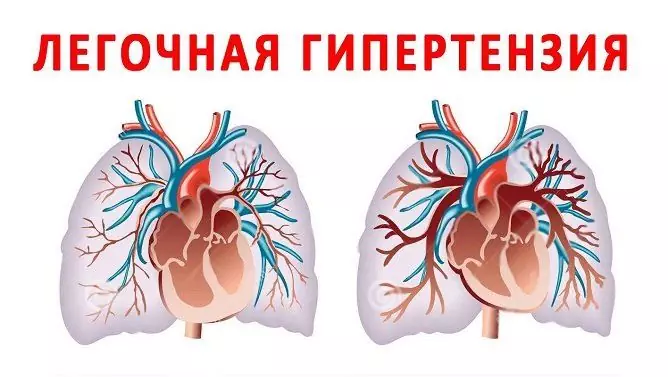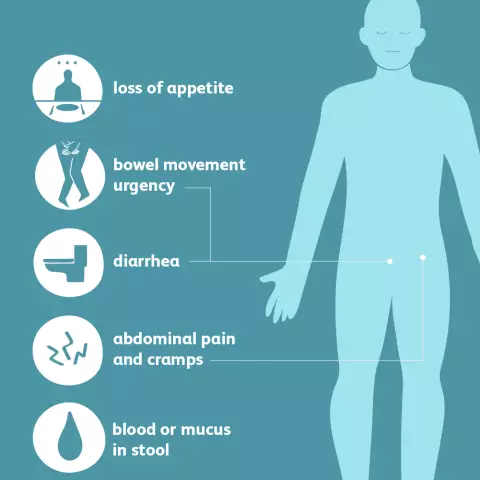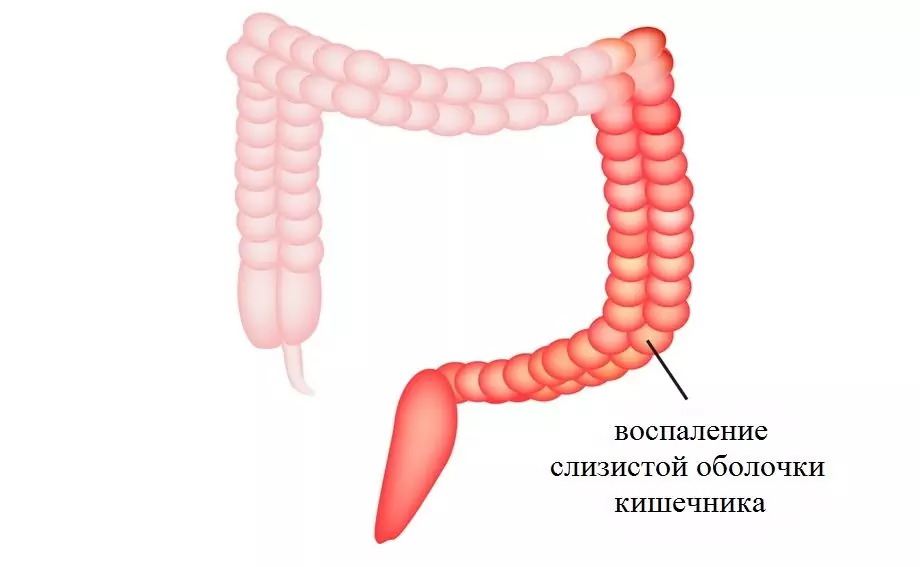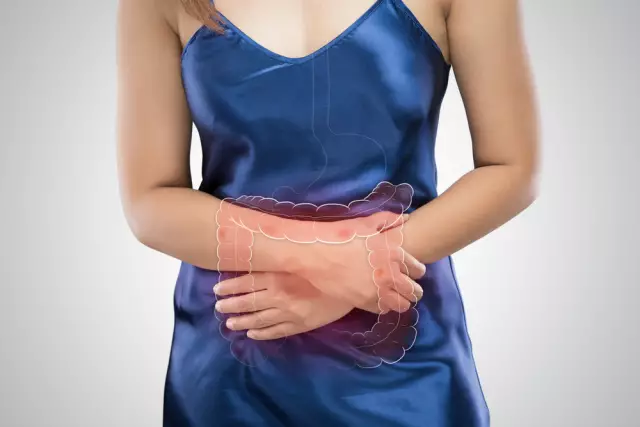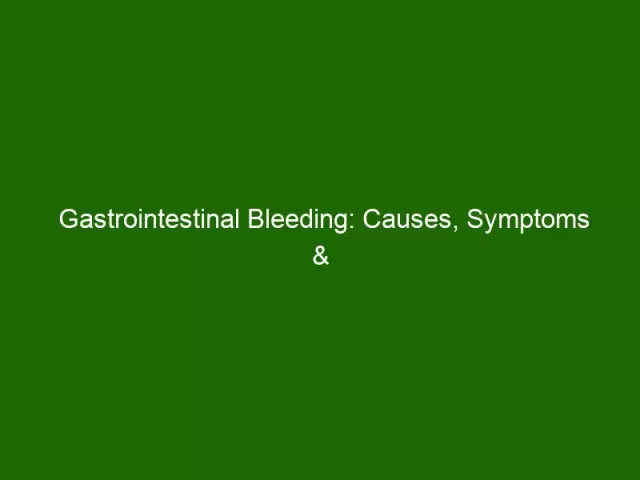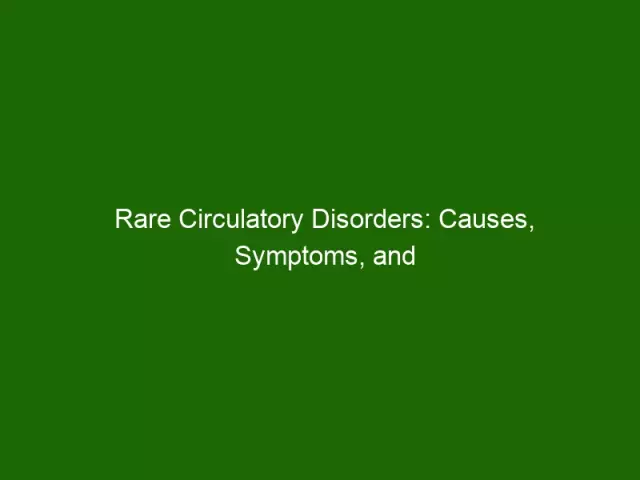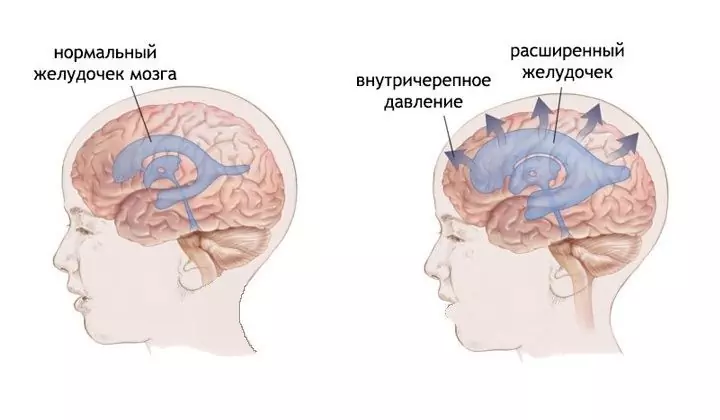Diseases
Last modified: 2025-11-02 20:11
Immunodeficiency - various conditions of the human body, characterized by a dysfunction of the immune system
Last modified: 2025-11-02 20:11
Influenza is one of the most common infectious diseases and belongs to the group of acute respiratory viral infections. In addition to symptomatic treatment of influenza, they fight directly with its cause, that is, with the virus
Last modified: 2025-11-02 20:11
Cor pulmonale is a serious disease that leads to disability and even death. Diagnosis and treatment of cor pulmonale is the most important problem of modern medicine, so we decided to devote a separate article to this cardiac pathology
Last modified: 2025-11-02 20:11
Respiratory failure is a pathological disease that causes shortness of breath when breathing
Last modified: 2025-11-02 20:11
Lung cancer ranks second in terms of the number of detected tumors. The spread of the disease is influenced by poor ecology and smoking
Last modified: 2025-11-02 20:11
Pneumoconiosis is a disease of the respiratory system associated with both environmental factors and the professional activities of people. Without timely treatment, pneumoconiosis can lead to death
Last modified: 2025-11-02 20:11
Pulmonary hypertension can develop acutely and chronically. This is a dangerous condition that requires constant pharmacological correction and pathogenetic treatment
Last modified: 2025-11-02 20:11
Emphysema of the lungs is very dangerous. It leads to heart failure and other serious consequences
Last modified: 2025-11-02 20:11
Wegener's granulomatosis is a systemic granulomatous-necrotic giant cell vasculitis, which initially affects the upper and lower respiratory tract, and later - the kidneys
Last modified: 2025-11-02 20:11
Pulmonary edema is of several types: interstitial, alveolar, cardiac, and noncardiogenic. They are all life-threatening conditions
Last modified: 2025-11-02 20:11
Ulcerative colitis is a chronic inflammation of the large intestine. Treatment of ulcerative colitis is prescribed medication. The patient is prescribed anti-inflammatory drugs and those that restore the immune system
Last modified: 2025-11-02 20:11
Salmonellosis is an infectious disease caused by various types of bacteria of the genus Salmonella. In most cases, salmonellosis leads to damage to the organs of the digestive tract
Last modified: 2025-11-02 20:11
Cachexia is a pathological condition of the body characterized by a sharp emaciation, general weakness, a decrease in the activity of physiological processes
Last modified: 2025-11-02 20:11
Yellow staining of the skin, sclera and mucous membranes (this is how jaundice manifests itself) is a consequence of the intense release of the hormone bilirubin. There are a great many reasons for the appearance of the disease, and therefore timely prevention will be much more useful than even the most effective treatment
Last modified: 2025-11-02 20:11
Hypovitaminosis is a pathological condition caused by insufficient intake of one or more vitamins into the body
Last modified: 2025-11-02 20:11
Escherichiosis is an acute intestinal infection caused by pathogenic E. coli. For the treatment of escherichiosis, drugs are used in accordance with the severity of the disease, the period of the disease and the age of the patient are taken into account
Last modified: 2025-11-02 20:11
Crohn's disease is a chronic inflammatory bowel disease characterized by ulceration of the intestinal mucosa. Crohn's disease is an incurable disease
Last modified: 2025-11-02 20:11
Ulcerative colitis is a chronic disease characterized by ulcerative and inflammatory lesions of the mucous membrane of the large intestine
Last modified: 2025-11-02 20:11
Bowel cancer is a malignant tumor of the intestinal mucosa. Regardless of the stage of bowel cancer, the main treatment is surgical removal of the tumor
Last modified: 2025-11-02 20:11
Colitis is an inflammatory process that affects the large intestine. There can be many causes of the disease, therefore, its treatment should be prescribed only by a doctor
Last modified: 2025-11-02 20:11
The lower respiratory tract is covered with a protective membrane - the pleura, when it is affected by the inflammatory process, pleurisy develops. Treatment is primarily directed at eliminating the inflammatory process that caused the onset of the disease
Last modified: 2025-11-02 20:11
Balantidiasis is a zoonotic intestinal protozoal infection, characterized by severe intoxication and ulcerative lesions of the mucous membrane of the large intestine, with a tendency to a protracted course
Last modified: 2025-11-02 20:11
Intestinal obstruction consists in partial or complete cessation of the movement of contents through the intestines. Treatment begins with emergency measures to replenish lost fluid and relieve pain shock
Last modified: 2025-11-02 20:11
An acute abdomen is a clinical syndrome that develops during acute diseases, damage to the internal organs of the retroperitoneal space and the abdominal cavity, which can lead to surgical intervention
Last modified: 2025-11-02 20:11
Rectal polyps - benign tumor-like formations on a spherical pedicle
Last modified: 2025-11-02 20:11
Dermatomycosis is the collective name for a group of skin diseases caused by microscopic fungi
Last modified: 2025-11-02 20:11
Gastrointestinal bleeding is not an independent disease, but a complication of many diseases of the gastrointestinal tract. Treatment is carried out by surgical or conservative means
Last modified: 2025-11-02 20:11
The causes of metabolic disorders can be various factors that are not fully understood. For example, this pathological process can occur due to thyroid dysfunction
Last modified: 2025-11-02 20:11
Circulatory disorders - a pathology in which tissues and organs do not receive a full blood supply
Last modified: 2025-11-02 20:11
Presbyopia, or age-related hyperopia, is a natural, albeit unpleasant physiological phenomenon. The most affordable way to correct presbyopia is with bifocal glasses and multifocal contact lenses
Last modified: 2025-11-02 20:11
Diabetic angiopathy (ancient Greek άγγεϊον - "vessel" and πάθος - "suffering", "disease") is a common damage to vessels of different diameters, developing against the background of diabetes
Last modified: 2025-11-02 20:11
Trophic ulcers occur with complications of venous insufficiency, which are chronic. A trophic ulcer manifests itself as a defect in the mucous membrane or skin, this defect appears in the form of destruction of the skin. A change in the circulation of blood flow leads to the destruction of the skin
Last modified: 2025-11-02 20:11
Vibration disease is a complex of pathological changes that develop in the body as a result of prolonged exposure to vibration
Last modified: 2025-11-02 20:11
Increased intracranial pressure is a clinical syndrome that in most cases develops against the background of brain diseases and skull injuries
Last modified: 2025-11-02 20:11
Hypertension is a pathology of the cardiovascular system, the leading manifestation of which is persistent arterial hypertension
Last modified: 2025-11-02 20:11
Diabetic foot, or diabetic foot syndrome, is the most common complication of diabetes. Treatment of diabetic foot with folk remedies can be recommended as an adjunct
Last modified: 2025-11-02 20:11
Gangrene is tissue necrosis, which is characterized by a change in the color of the areas involved in the pathological process to dark or black
Last modified: 2025-11-02 20:11
Description of the causes of hematuria and methods of treatment of the disease
Last modified: 2025-11-02 20:11
Nasal bleeding (the medical term is epistaxis, from the Latin epistaxis) experts do not classify as an independent disease. Single nosebleeds do not require treatment
Last modified: 2025-11-02 20:11
Hemoptysis - the process of secretion of sputum from the respiratory tract with an admixture of blood when coughing







